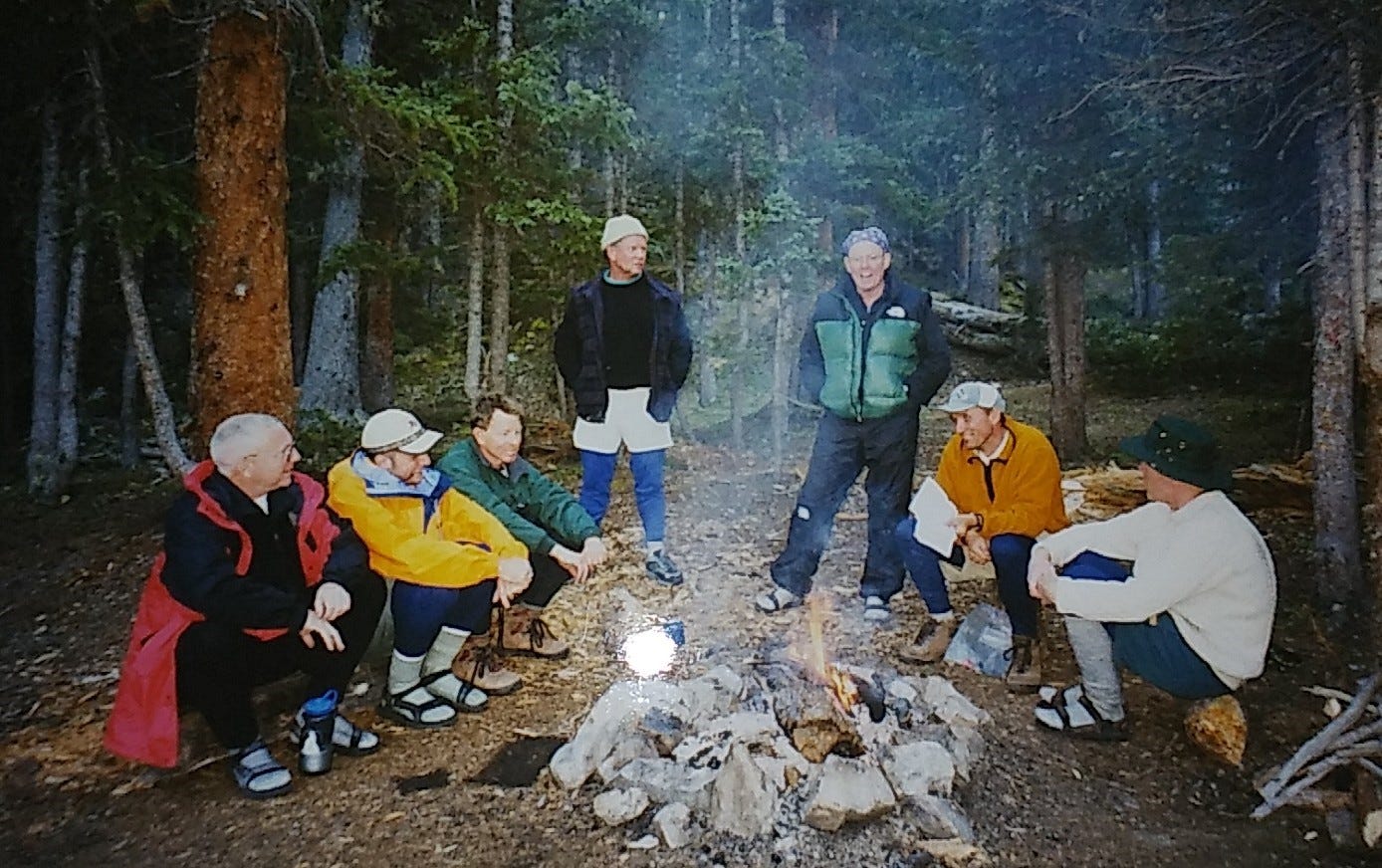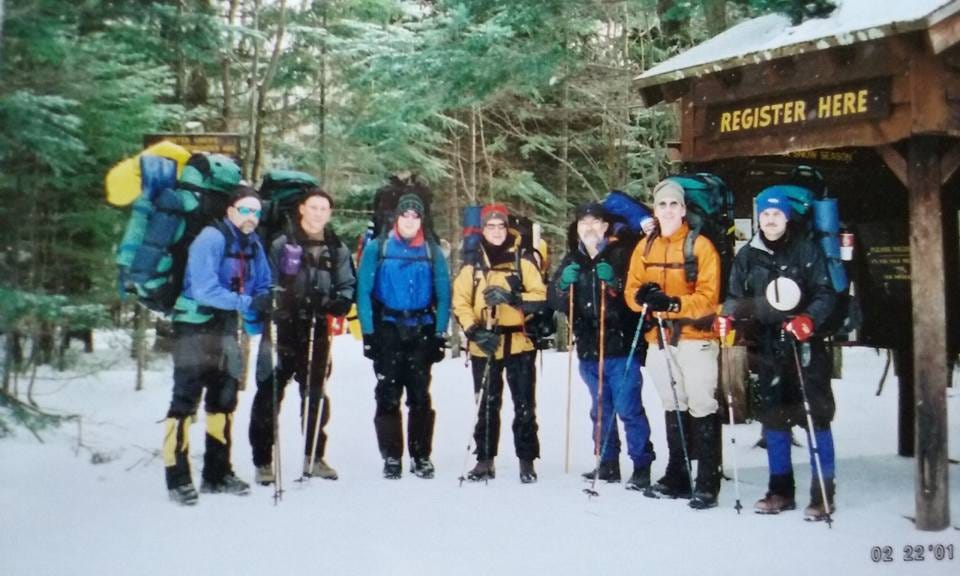Leadership
“Leadership is the capacity to influence others through inspiration motivated by passion, generated by vision, produced by a conviction, ignited by a purpose.”
— Myles Munroe
Every group, regardless of its size or nature, needs not only a leader, but good leadership. It’s one thing to go out on a field exercise with a group of well-seasoned friends but it is a whole other thing to bring people together that you don’t know to a place none of you are familiar with. You and your friends achieve this naturally without even realizing that you are doing so, but the other group requires a more formal, even structured organization. Either way, the role of leadership is the same, it provides a way of putting a field exercise or trip together to make it safe and successful for everyone involved.
Usually, small informal groups do not need to select a leader. Everyone shares in the responsibility for the work, the organization, the logistics, the planning, and the carrying out of the overall goal. Everyone knows what the others are doing and not much discussion is needed for getting things done. Everyone tends to be a “been there, done that” type of person so everything just naturally happens.
Larger groups, however, do not lead themselves as easily and require some formal leadership. Someone who can organize duties, delegate workloads, to implement team building, and so much more.
Leadership types can be broken down into a few different categories…
-Peer Leader: This is most common amongst small groups of friends who decide to head to the woods for a weekend. Members of this group tend to informally decide who does what concerning food, equipment, transportation, activities, and more. In todays world a lot of this is done via text messages throughout the week leading up to the planned weekend. Even in this group one person will rise above the others as the “leader” through general consensus.

-Group Champion: This is the guy (or gal) that “champions” the outing, the one with the original idea and invites everyone else. While never officially named the leader, they are the one that everyone recognizes as the one in charge.
-Most Experienced: This tends to be common in the climbing world, the person with the most experience is bestowed the leader by everyone else in the group.
-Course or School Leader: This would be the case if you were to sign up for a guided climbing trip or partake in any outdoor skills course. Leaders here are usually accredited through a formal organization or school to ensure that they have a certain level of experience, knowledge, and competence.
Leadership isn’t just there to say I’m in charge. It isn’t an ego trip or a chest thumping position. It can be one of the most rewarding and fulfilling experiences as well as one of the scariest.
Leadership Roles
Not only is the leader in charge of the group, but they are also the teacher, trip planner, subject expert, coach, mentor, guardian angel, decision maker, arbitrator, and dishwasher.
-Teacher: When you have less experienced folks along with you, it is important to seize on teachable moments to make sure that everyone is on the same page with what is happening. Usually it is nothing more than advice and demonstration. When safety is concerned, you may end up taking the time to have a classroom session on how certain things are done. I’m a fan of the EDGE method when it comes to this, Explain, Demonstrate, Guide, and Enable. This is also referred to as Servant Leadership, where the well-seasoned outdoorsman is willingly sharing and teaching their hard earned knowledge to the uninitiated or novices in the group. This can be incredibly rewarding and fulfilling when done right.
-Trip Planner: This is an important one. There are many moving pieces when conducting an outing if a group is to be in the right place at the right time with the right gear to have a successful trip. This doesn’t mean that the leader has to do everything, but they are responsible to see to it that everything gets done.
-Subject Expert: Training, experience, and good judgement are required for this type of leader. You don’t have to be the best, but you may have the best “sense” about you. You might just be the go to person for advice on gear, navigation, first aid, weather, and much more.
-Coach/Mentor: Who here hasn’t been helped through a difficult spot or encouraged when facing a difficult task. This type of leader helps folks overcome difficulties by adding encouragement and support to their base of knowledge. So many times the difficulty is in a lack of confidence. Having the ability to positively assist someone to do their best and to see them succeed is one of the benefits of leadership.
-Guardian Angel: This is a difficult type of leadership. On a climbing team you are responsible for everyone’s safety and well-being. You are the one making sure everyone has the right gear, right training, proper experience, fitness, and that the goal is within the grasp of the group. You learn to read the other members of your group and look for warning signs of possible risks to you and your group. I’ve had to be this guy and it isn’t easy turning everyone around due to weather or route conditions.
-Arbitrator: In many group outings, there will come a time when there will be differences of opinion on many different matters. It is good to have group discussions on different aspects of an outing but when you have differences or tempers begin to flare this leader needs to be able to put their foot down, make a decision, and get the group moving in the right direction again.
Every leader will develop a different style and may be one or more of the different examples given above. You tend to develop your style through experience, through failure, through learning your craft and being effective in the backcountry. There is no exact way of doing this, but there are a few guidelines to help you on the way:
-A good leader cannot be self-centered, decisions are made for the benefit of the group.
-Having a genuine interest in every member of your group will foster a true caring of each other and will make you and your group stronger.
-Never pretend and do not show off. Be honest about your own abilities. If you don’t know, say so and let the group help figure it out.
-Don’t be afraid to laugh at yourself.
What is your leadership style? What do you look for in a good leader? Discuss in the comments below!




